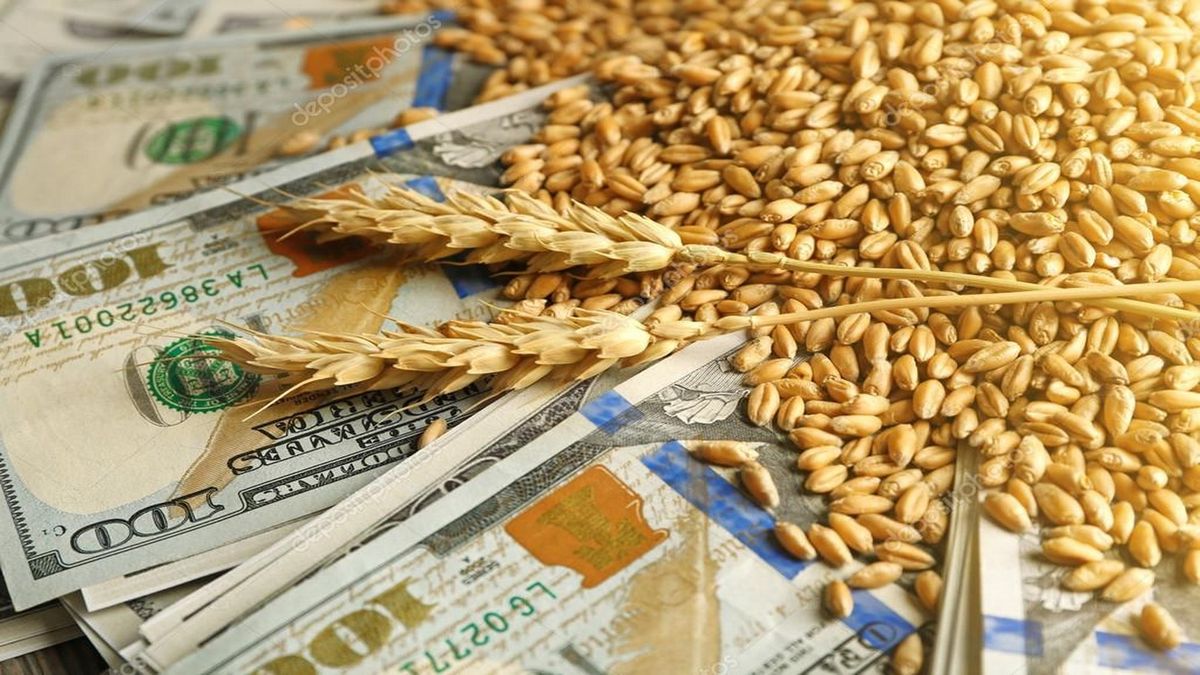As long as the lack of rain and the scourge of frost persist, corn sowing will continue to lag behind its historical averages. Consequently, we currently have a planting rate similar to that of the 2016/17 campaign, consolidating the lowest relative planting rate in six years. It is also the lowest rate of planting in absolute terms since the 2015/16 marketing year, with 1.6 million hectares since the start of planting, compared to 2.8 million hectares this same week last year.
The low soil moisture is affecting even the establishments that have irrigation, according to the Strategic Guide for Agriculture (GEA – BCR) in its latest weekly report. In this way, the 2022/23 campaign would have only 10% of the area of early corn in the core production area, leaving the rest as late corn, which would represent the lowest sowing of early corn in a decade.
As for wheat, the average yield of the core region, taking the last five cycles, is 39 quintals per hectare. The worst yield since 2010 is 29 quintals per hectare in the recent 2020/21 campaign. “A week ago, despite the poor general condition of the wheat, an average yield of 20 quintals per hectare in the core region was not a possibility. But after the frost of October 9, the cuts that are beginning to be estimated return It is likely that the core region will suffer a cut of almost 50% of its average yield. The engineers did not expect to find damage marked by the frost in this first evaluation, since the effects usually manifest themselves a week later,” they detail from the Stock Exchange. Rosario Trade.
It is precisely the issue that most concerns the Government today and that is why the Secretary of Agriculture, Juan José Bahillo, met with all the leaders of the cereal chain to analyze the state of the situation and determine the steps to follow. Something of the meeting was clear for the export sector, the registry for wheat exports will not be reopened. So far, exporters have declared shipments of around 8.8 million tons and that volume could be expanded to 10 million tons, but that has already been ruled out.. The Government effectively seeks to ensure that there is no lack of cereal in the domestic market in a framework in which prices in the local market are also reaching high levels, precisely because of the productive disaster in the core region.
Meanwhile, for now in the Government they assured that the export commitments will be strictly fulfilledthat is to say that what the exporters have already declared will be transferred to the domestic market, but in the meantime they will seek to accompany mills and farinaceous industries after the campaign so that at no time is there a lack of wheat that harms the normal functioning of the plants.
Finally, looking at the medium term, the projections do not seem to be at all encouraging either. At least, until next Wednesday the meteorological service does not indicate that there may be significant rainfall in the core area, so, at a minimum, This week that begins will be another challenge for the 2022/23 campaign and of course for the Argentine economy.
Source: Ambito
David William is a talented author who has made a name for himself in the world of writing. He is a professional author who writes on a wide range of topics, from general interest to opinion news. David is currently working as a writer at 24 hours worlds where he brings his unique perspective and in-depth research to his articles, making them both informative and engaging.

